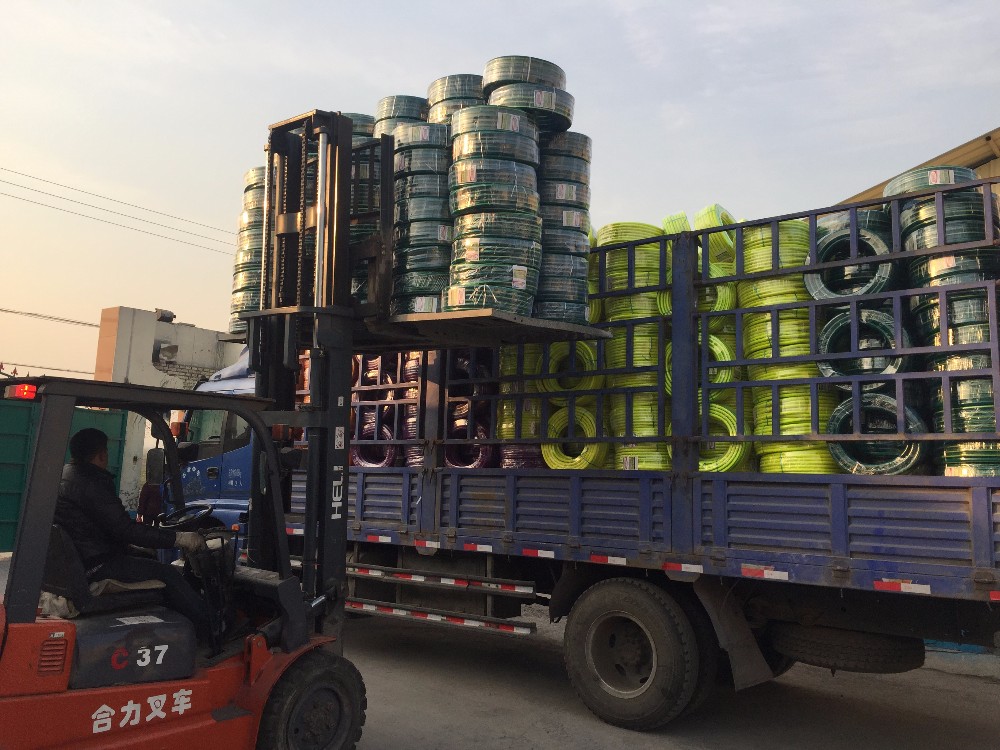lpg hose with regulator
The Importance of LPG Hose with Regulator A Comprehensive Guide
Liquefied Petroleum Gas (LPG) is a popular choice for residential heating, cooking, and hot water systems. It offers a cleaner alternative to traditional fossil fuels, and its use is on the rise in many households. However, to ensure its safe and efficient use, it's vital to understand the components involved in the LPG system, particularly the LPG hose and regulator.
Understanding LPG Hose
An LPG hose is a flexible tube designed to transport gas from the LPG cylinder to appliances such as stoves, heaters, and grills. These hoses are manufactured from materials that can withstand high pressure and exposure to various environmental conditions. Common materials used include rubber, thermoplastic, and composite materials, each engineered to provide durability and safety.
The length and diameter of the hose can vary, depending on the specific requirements of the appliance and the distance from the gas source. A properly chosen and installed LPG hose ensures that the gas flows efficiently and reduces the risk of leaks, which can lead to dangerous fire hazards or explosions.
The Role of the Regulator
The LPG regulator is a crucial component of the gas system, designed to control the pressure of gas flowing from the cylinder to the appliance. LPG is stored under high pressure in cylinders; if this pressure is not regulated, the appliances would not operate correctly or safely. The regulator reduces the high pressure of the gas to a usable level, typically around 28-30 mbar for most household applications.
Regulators are available in various types and sizes to suit different gas applications, each designed to handle specific pressures and flow rates. They are usually connected directly to the LPG cylinder and feature a shut-off valve for additional safety. A well-functioning regulator not only allows for the smooth operation of your gas appliances but also plays a key role in preventing leaks and other hazardous situations.
Combining LPG Hose and Regulator
lpg hose with regulator

When it comes to the installation of an LPG system, the interaction between the hose and the regulator is critical. A compatible LPG hose must be used with the appropriate regulator to ensure safe and efficient gas delivery. Here are some important considerations
1. Compatibility Ensure that the hose and regulator are designed to work together. Different brands and models may have varying specifications, so always check manufacturer guidelines.
2. Pressure Ratings The hose must be rated to handle the pressure regulated by the regulator. Using a hose that cannot withstand the pressure can lead to catastrophic failures.
3. Safety Standards Both the LPG hose and regulator should meet local safety regulations and standards, such as those set by the American National Standards Institute (ANSI) or the International Organization for Standardization (ISO).
4. Regular Inspection It is essential to regularly inspect both the hose and regulator for signs of wear or damage. Look for cracks, fraying, or any kind of deterioration in the hose. The regulator should also be checked for leaks or damage, including a visual inspection and using soapy water around the connections to identify any escaping gas.
5. Professional Installation If installing or replacing an LPG hose or regulator, it is always recommended to hire a qualified gas technician. They possess the knowledge and tools required to ensure that the installation complies with safety standards and operates correctly.
Conclusion
Understanding the role of the LPG hose and regulator in your gas system is essential for maintaining safety and efficiency in your home. These components work together to deliver gas effectively while minimizing the risks associated with LPG usage. Regular maintenance and adherence to safety guidelines will help ensure that your gas appliances operate smoothly and safely. As the popularity of LPG continues to grow, awareness and knowledge about its components will play a crucial role in promoting safer energy practices in our homes. By prioritizing safety and compliance, users can enjoy the benefits of LPG while keeping their households secure.
-
Top Quality Oxy Acetylene Hoses for Sale Fit for Welding DemandsNewsJul.28,2025
-
The Future of Pneumatic Air Tubes in IndustryNewsJul.28,2025
-
Superior and Reliable LPG Hose Pipe Solutions for Every NeedNewsJul.28,2025
-
Exceptionally Durable and Versatile Premium Braided PVC TubingNewsJul.28,2025
-
Best Adapters for Connecting Garden Hose to PVC Pipe ConnectionsNewsJul.28,2025
-
The Essential Role of LPG Hoses in Safe and Efficient Gas DistributionNewsJul.16,2025














